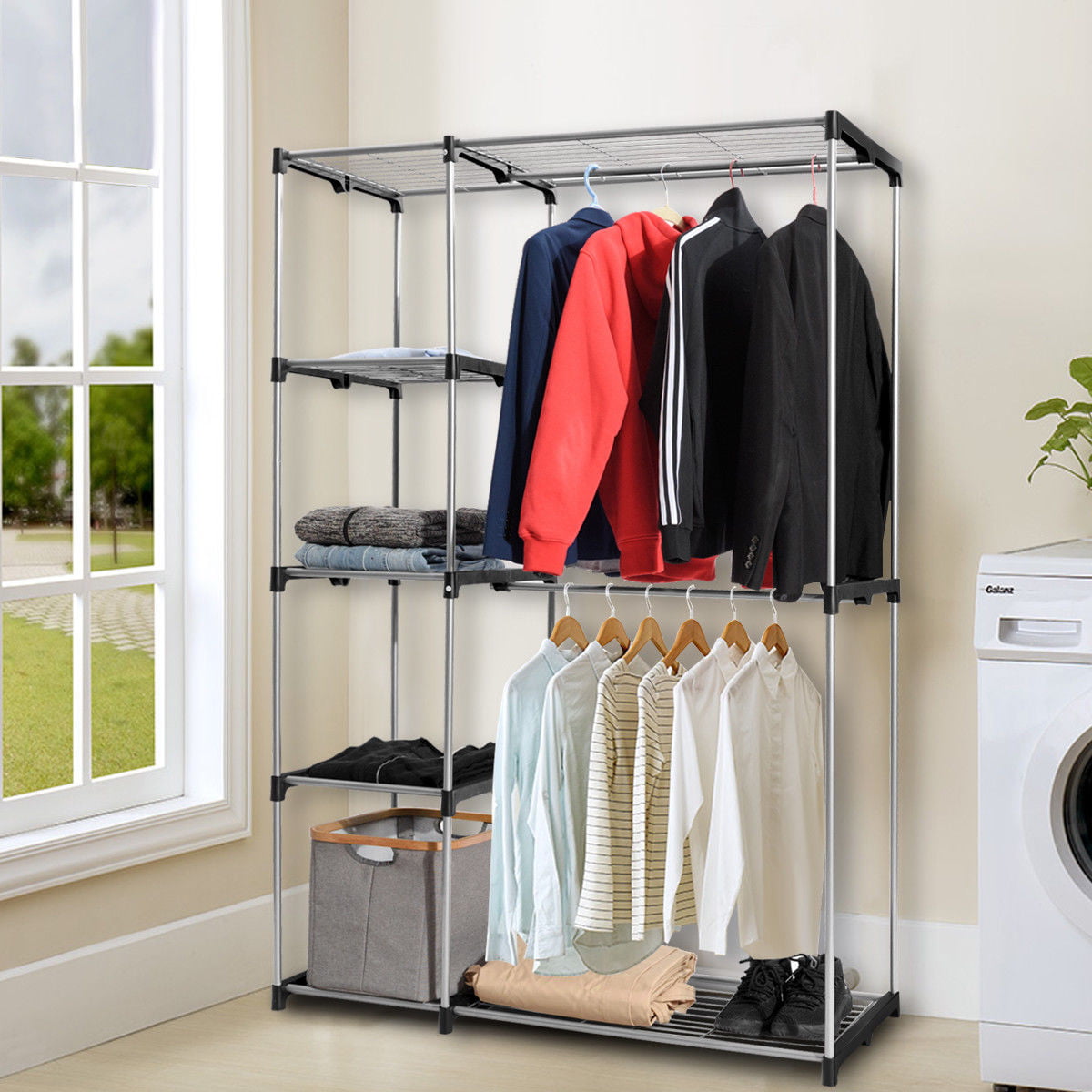
Introduction
Clothes storage is an essential aspect of maintaining an organized and clutter-free living space. Whether you have limited closet space or simply want to optimize your wardrobe organization, effective clothes storage solutions can make a significant difference in your daily life. From maximizing space utilization to preserving the quality of your garments, this article explores various strategies and tips for efficient clothes storage.

1. Sorting and Decluttering
Before diving into different clothes storage methods, it's crucial to start by sorting and decluttering your wardrobe. Take out all your clothes, one category at a time, and assess each item individually. Decide which pieces you want to keep, donate, or sell. This process will not only help you free up space but also make it easier to organize the remaining items.
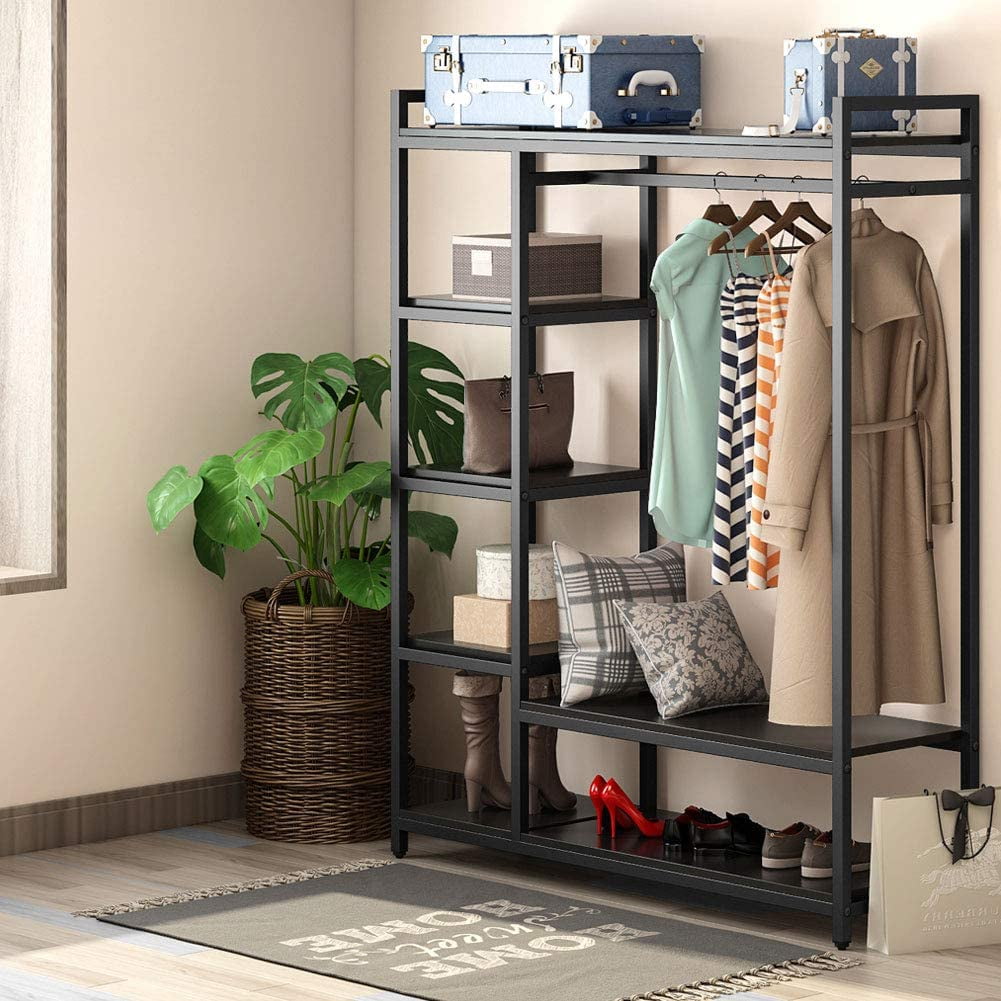
2. Utilizing Closet Space
Your closet is the primary storage area for your clothes, so it's essential to make the most of the available space. Start by investing in high-quality hangers that maximize vertical space and prevent clothes from getting wrinkled. Consider using hanging organizers, such as fabric shelves or shoe racks, to create additional storage compartments within your closet.

3. Folding Techniques
Proper folding techniques can significantly impact how much you can fit into your drawers and shelves. Learn how to fold clothes efficiently to minimize wrinkles and save space simultaneously. For example, the Marie Kondo method of folding allows you to store clothes vertically, making them easily visible and accessible.

4. Drawer Dividers
Drawer dividers are a fantastic tool for organizing smaller clothing items, such as socks, underwear, and accessories. These dividers create separate compartments within your drawers, preventing items from getting mixed up and making it easier to find what you need. Choose adjustable dividers to accommodate different drawer sizes and optimize space utilization.

5. Vacuum Seal Bags
Vacuum seal bags are a game-changer when it comes to storing seasonal clothes or bulky items. These bags remove excess air, significantly reducing the volume of garments and maximizing storage space. They are particularly useful for storing winter coats, blankets, or any items you don't need regularly.
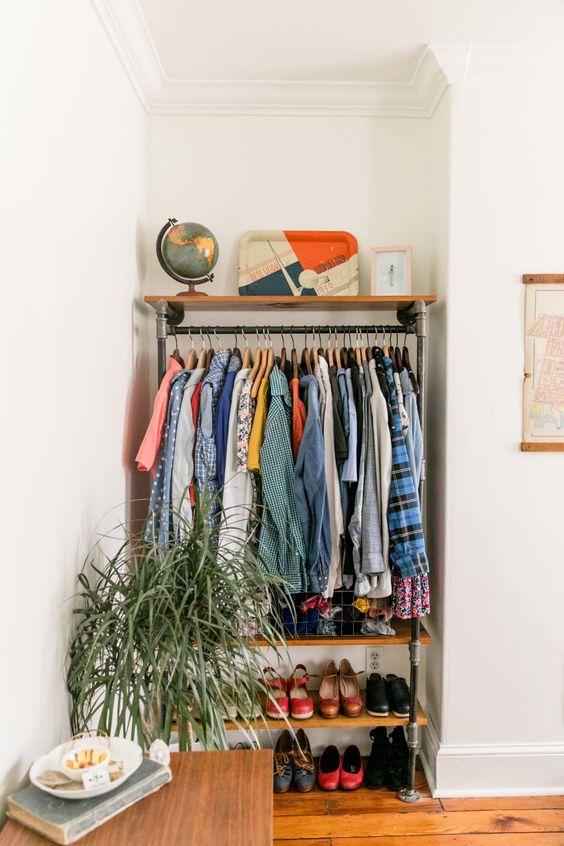
6. Clear Storage Bins
Clear storage bins offer a practical solution for storing clothes that you don't frequently use but want to keep organized and easily accessible. These bins allow you to see the contents without opening them, making it simple to find specific items when needed. Label each bin to further streamline the retrieval process.

7. Underbed Storage
Utilizing the space under your bed is an excellent way to store off-season clothing or other items. Invest in underbed storage containers or bags that can slide easily, providing a convenient and hidden storage solution. Remember to keep these containers organized and avoid overcrowding them to ensure easy access when required.
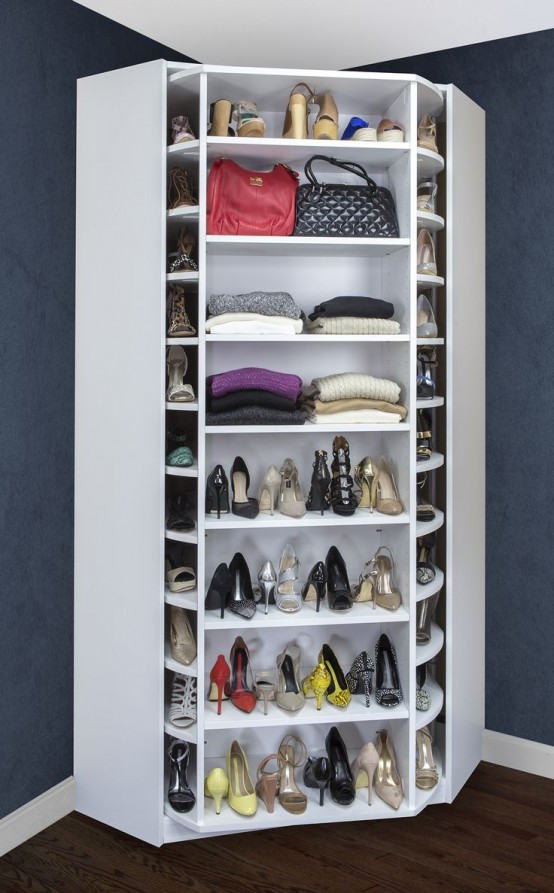
8. Wall-Mounted Hooks and Racks
If you're short on closet space, consider utilizing wall-mounted hooks and racks to hang clothes or accessories. These hooks and racks can be installed on empty walls or behind doors, providing additional storage options. Opt for sturdy hooks or racks that can support the weight of your garments without damaging the walls.
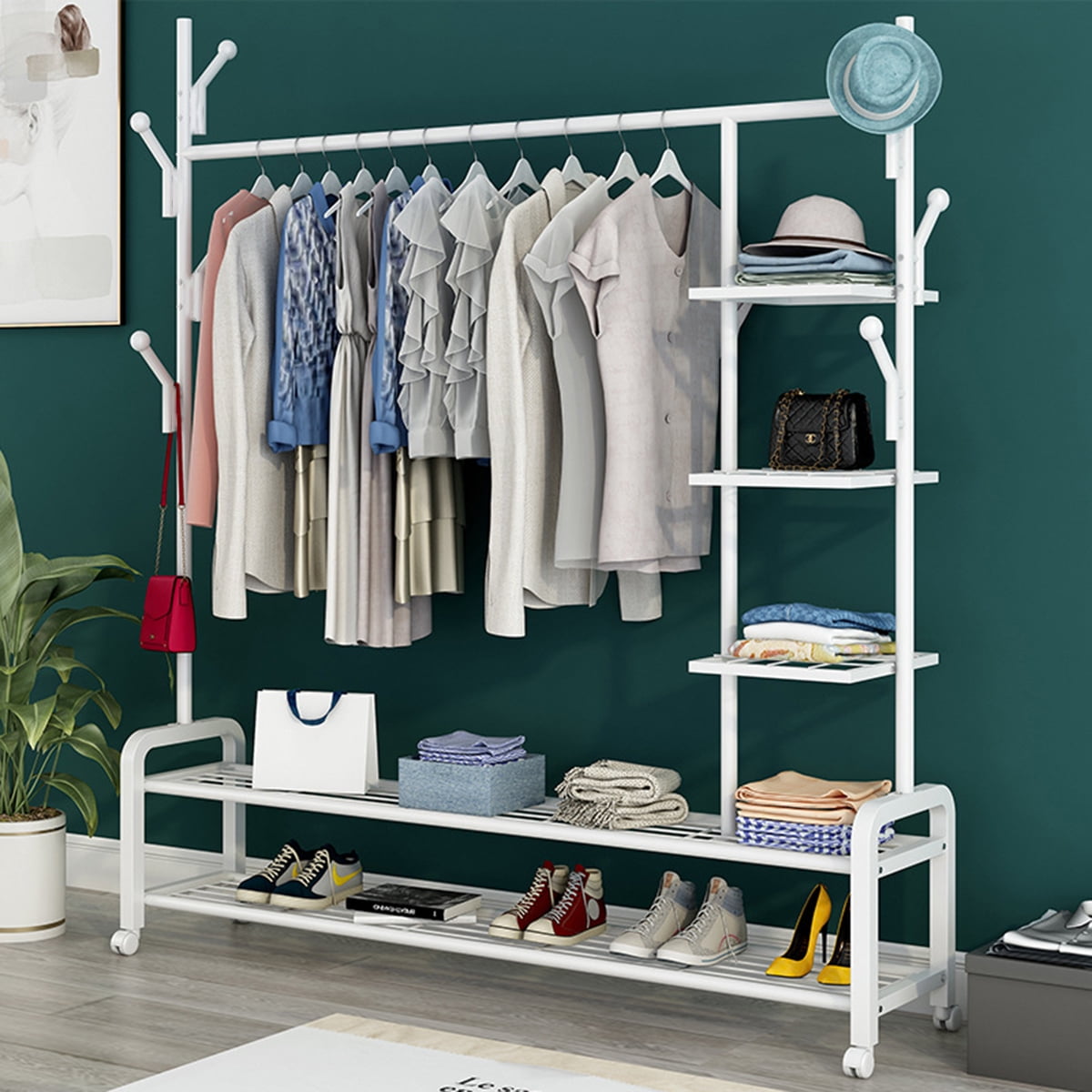
9. Over-the-Door Shoe Organizers
Over-the-door shoe organizers are not just for shoes; they can be incredibly versatile for storing various small items. Hang these organizers on the back of your closet or bedroom door to store scarves, belts, jewelry, or even cleaning supplies. This clever storage solution maximizes vertical space and keeps your belongings easily accessible.

10. Garment Bags
If you want to protect special occasion or delicate garments from dust, dirt, or potential damage, invest in garment bags. These bags are made of breathable materials that allow air circulation while keeping your clothes safe. Hanging garment bags with clear panels make it easy to identify the items inside without opening them.

11. Repurposing Furniture
Get creative with repurposing furniture for clothes storage. Old dressers, wardrobes, or even bookshelves can be transformed into functional storage units. Add shelves, drawers, or hanging rods to adapt the furniture to your specific clothing storage needs.
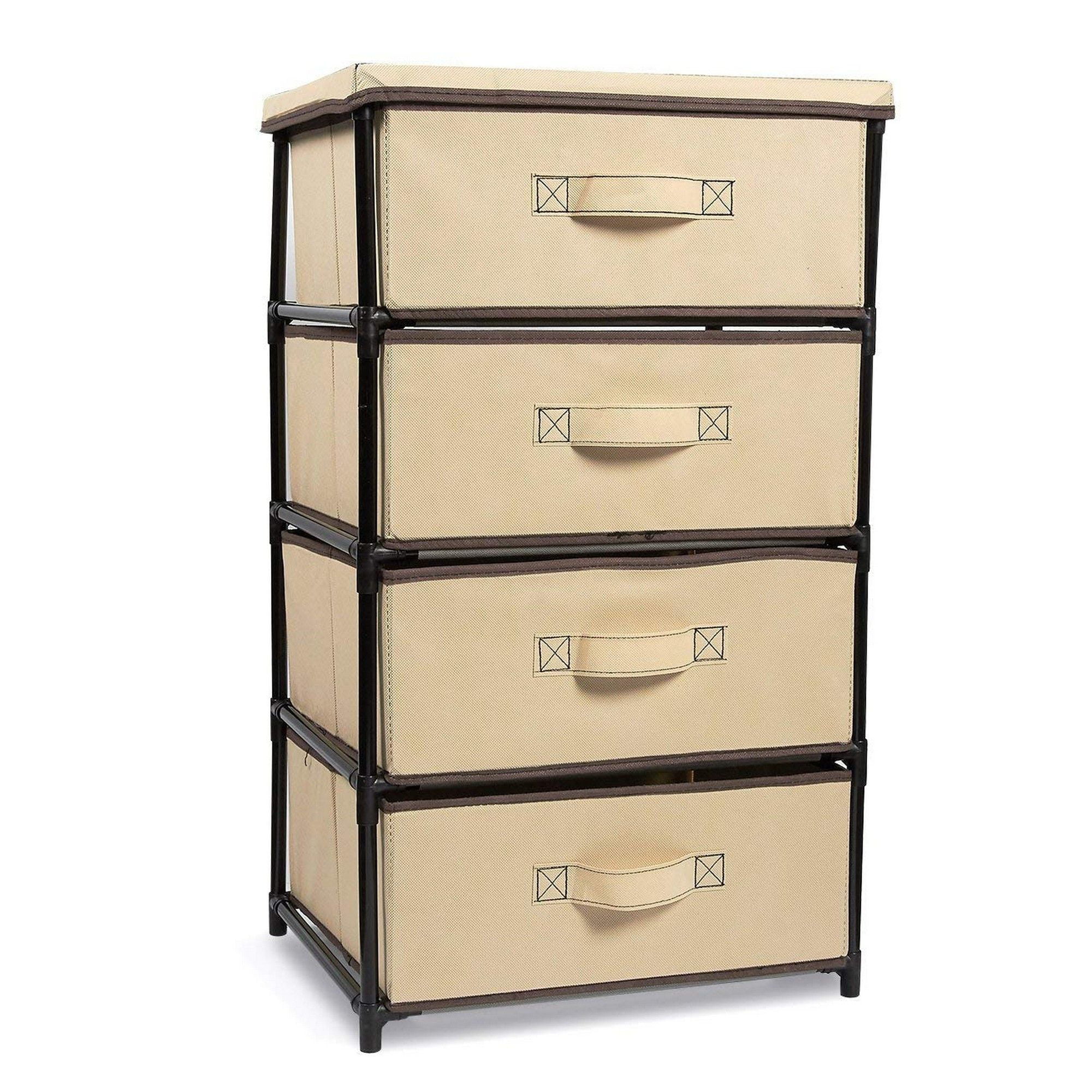
12. Seasonal Rotation
Implementing a seasonal rotation system for your clothes can help keep your wardrobe organized and prevent unnecessary clutter. Store off-season garments in sealed containers or vacuum seal bags, making room for the clothes you need during the current season. This approach not only saves space but also helps you rediscover forgotten pieces when the seasons change.

13. Donating and Selling
Regularly review your wardrobe and consider donating or selling clothes that no longer serve you. Not only does this practice promote a clutter-free space, but it also allows others to benefit from your gently used items. Explore local charities or online platforms to find the best avenues for donating or selling your clothes.
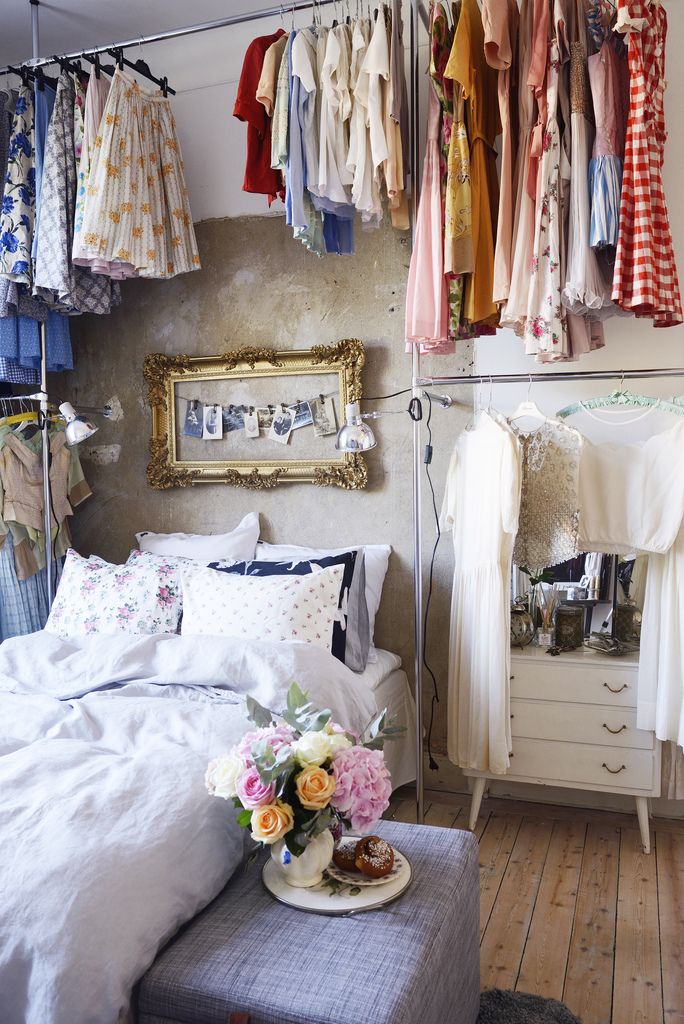
14. Proper Cleaning and Maintenance
Keeping your clothes clean and well-maintained is vital for their longevity and overall storage success. Follow the care instructions for each garment, including proper washing, drying, and ironing techniques. Regularly inspect your clothes for signs of wear and tear, addressing any repairs or alterations promptly.
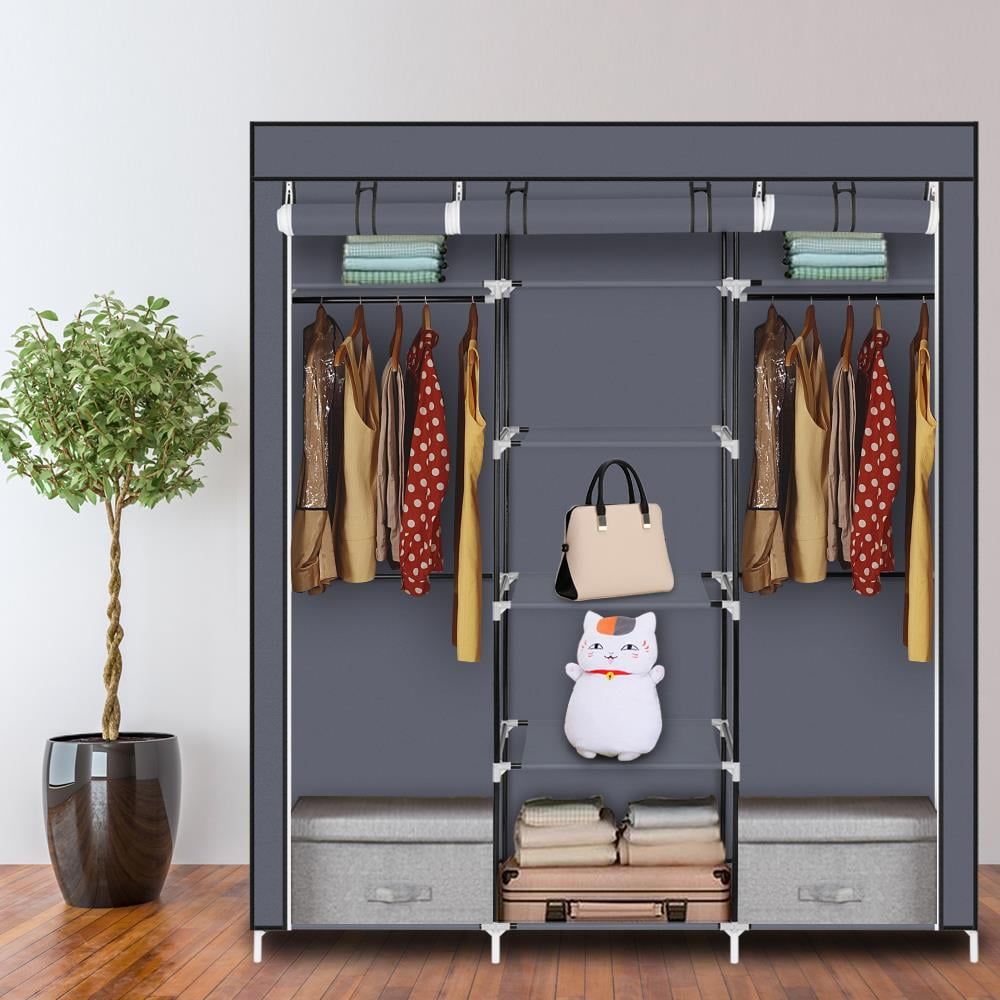
15. Labeling and Categorizing
Labeling and categorizing your clothes storage areas can save you valuable time and effort. Use labels or color-coded tags to identify different sections of your closet, drawers, or storage bins. This simple step helps you quickly locate specific items and maintain an organized system.

16. Shoe Storage Solutions
Shoes can often be challenging to organize due to their shape and size. Invest in shoe racks, cubbies, or clear shoe boxes to keep your shoe collection tidy and accessible. Consider storing shoes you don't wear frequently in their original boxes or protective bags to prevent dust accumulation.
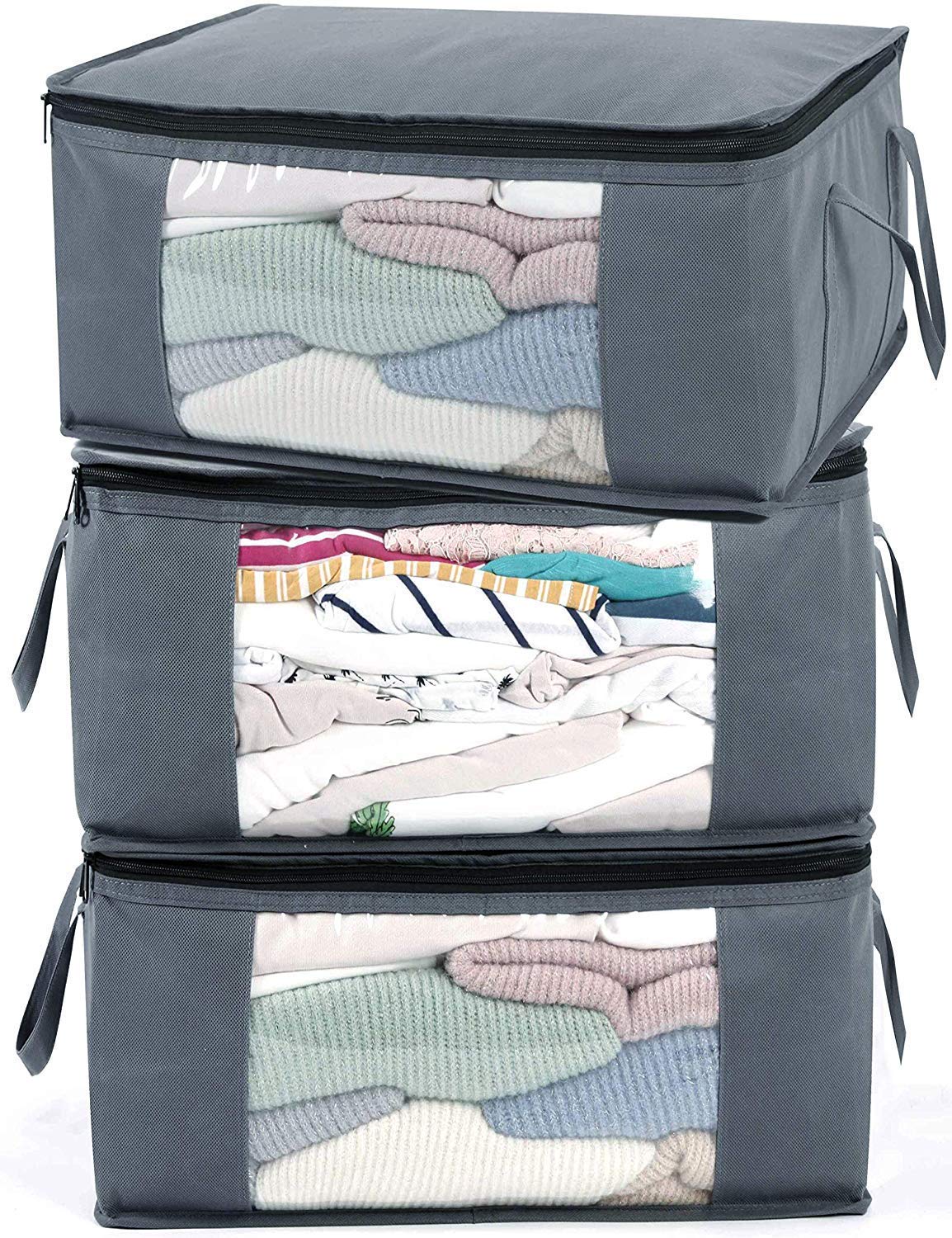
17. Hanging Garment Organizers
Hanging garment organizers, such as hanging shelves or canvas closet organizers, provide additional storage space for folded clothes, accessories, or even shoes. Hang them in your closet or behind doors to maximize vertical storage and keep your belongings within reach.
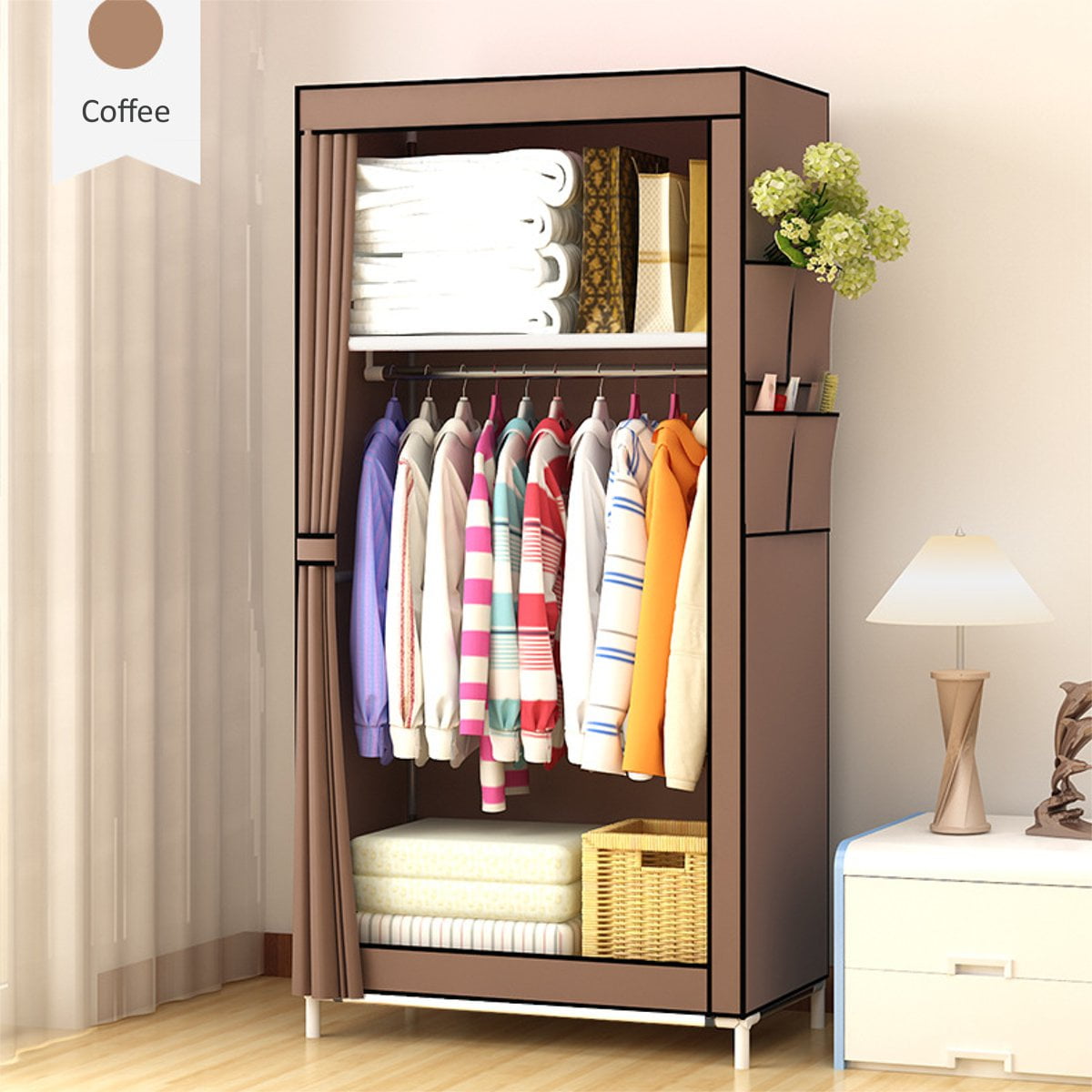
18. Utilizing Luggage
If you have empty suitcases or travel bags, make use of them as additional storage options. Store out-of-season clothes or other rarely used items in these luggage pieces, keeping them protected and out of the way. Remember to label the luggage for easy identification.
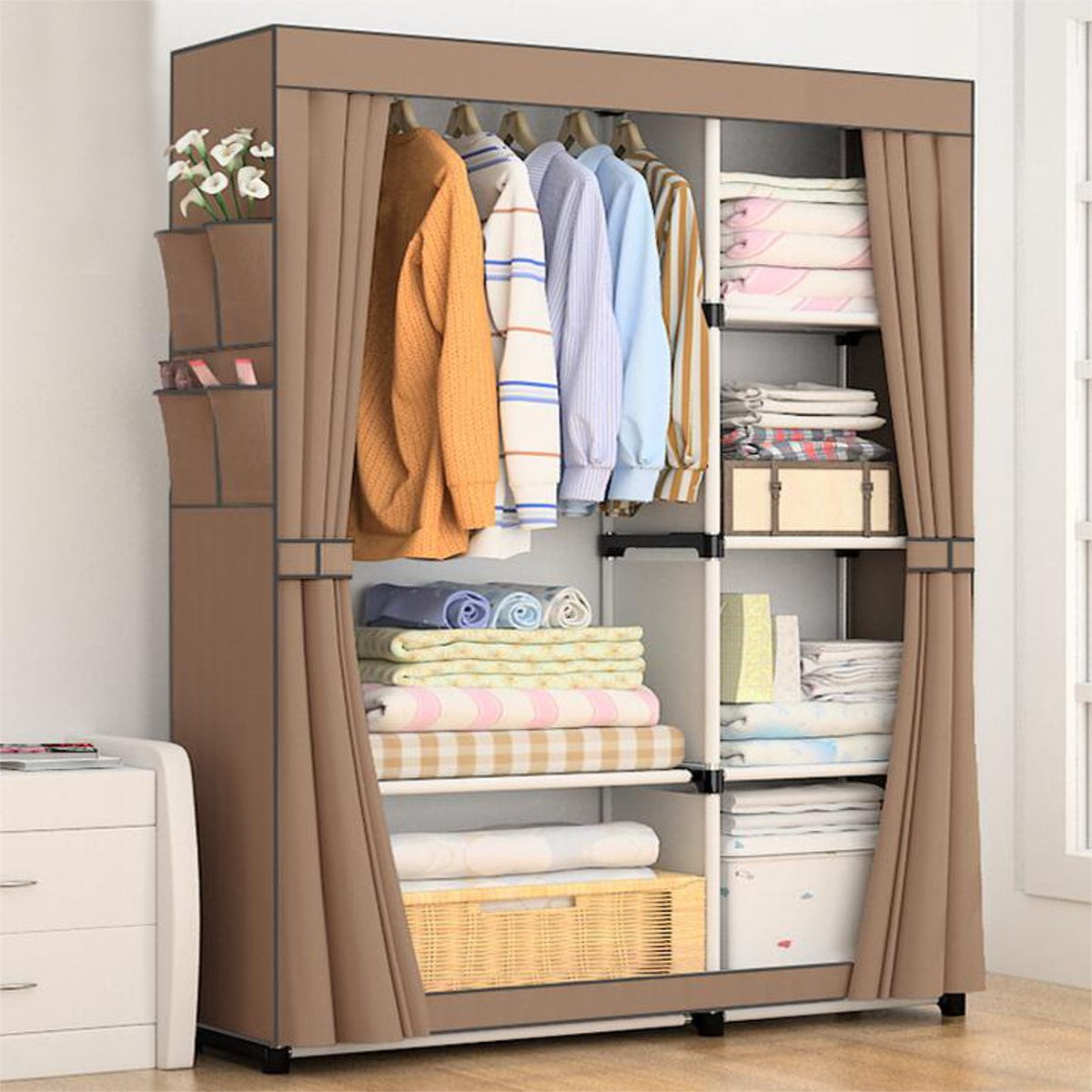
19. Hat and Accessory Storage
Keep your hats, belts, scarves, and other accessories organized by utilizing dedicated storage solutions. Hang hooks or install racks specifically designed for these items. Alternatively, repurpose decorative baskets or bins to store your accessories, keeping them easily accessible and neatly displayed.

20. Freestanding Clothing Racks
If you have limited closet space or enjoy showcasing your favorite pieces, consider adding freestanding clothing racks to your room. These racks can hold a selection of clothes, allowing you to create stylish displays while keeping your wardrobe organized.
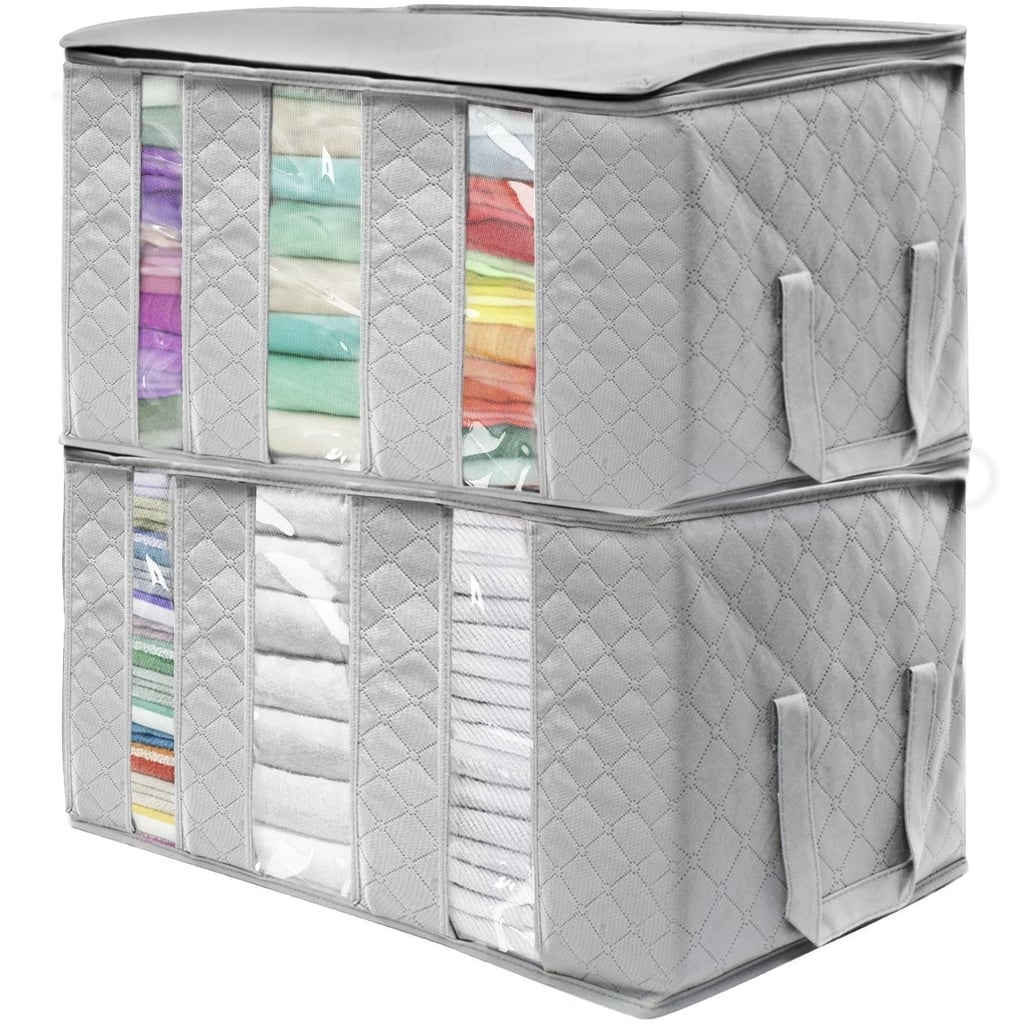
21. Foldable Storage Ottomans
Foldable storage ottomans offer a dual-purpose solution for clothing storage and seating. These versatile pieces of furniture provide hidden storage compartments that can hold clothes, blankets, or other items. Place them at the foot of your bed or in your living room for stylish and functional storage.
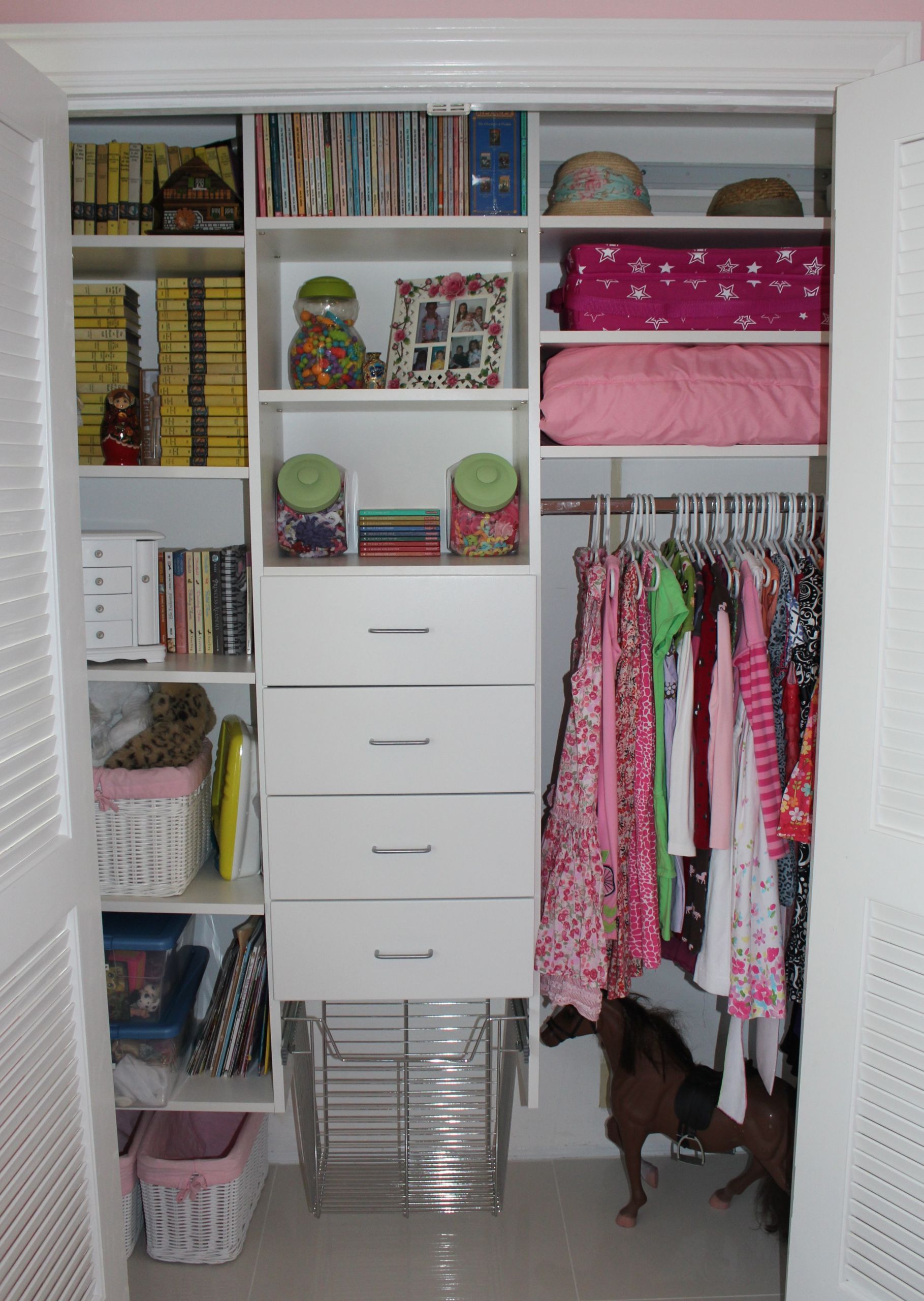
22. Hanging Sweater Organizers
Avoid stretching or misshaping your sweaters by using hanging sweater organizers. These specially designed organizers typically have multiple compartments to store folded sweaters vertically. Hang them in your closet to save space and maintain the shape of your favorite cozy garments.

23. Rolling Carts
Rolling carts with multiple tiers can serve as efficient clothes storage solutions, especially for smaller spaces. These carts can hold folded clothes, shoes, or even accessories, and can be easily moved around as needed. Opt for carts with brakes to ensure stability when loading or unloading items.

24. Storing Delicate Fabrics
Delicate fabrics, such as silk or lace, require extra care to maintain their quality. Avoid hanging these items as it can cause stretching or distortion. Instead, fold them neatly and store them in acid-free tissue paper or cotton bags to protect them from dust and light.
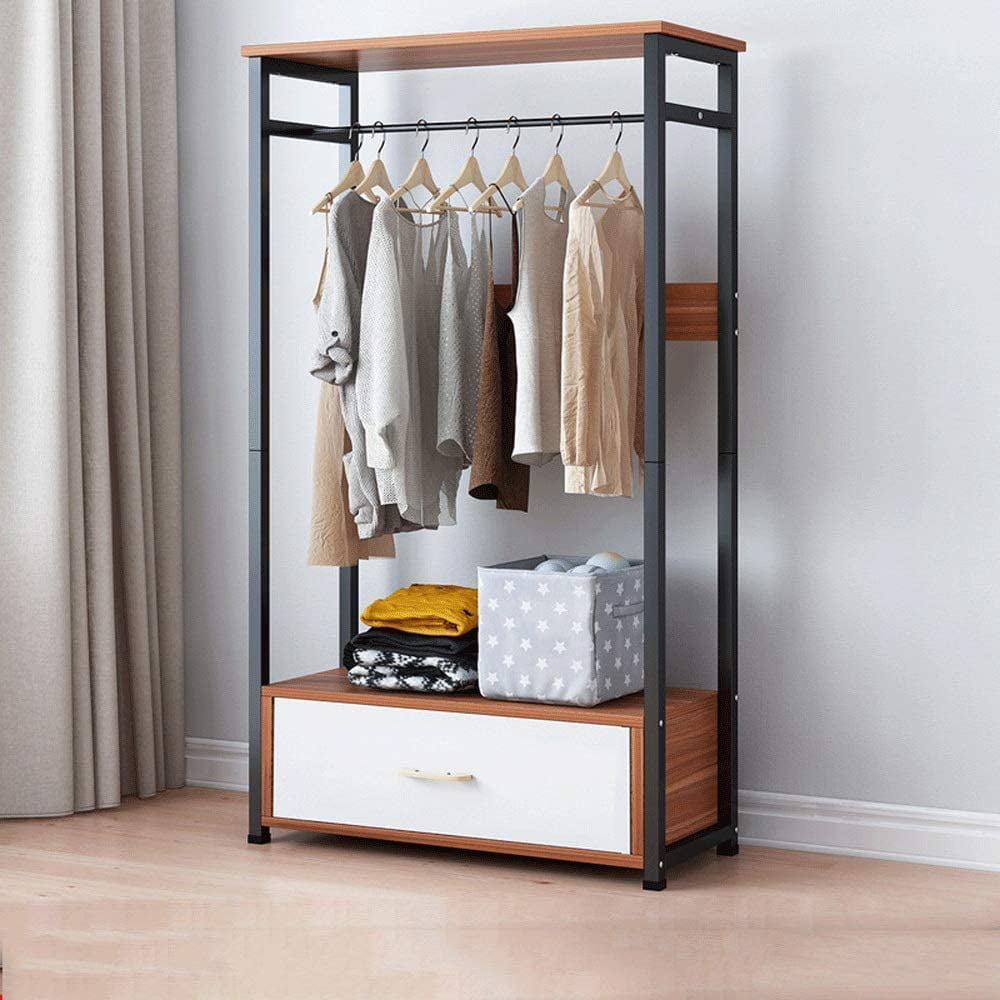
25. Multi-Functional Wardrobe Systems
If you're willing to invest in a long-term solution, consider installing multi-functional wardrobe systems. These customized systems offer various storage options, including hanging rods, drawers, shelves, and shoe racks. Tailor the system to your specific needs and enjoy a well-organized wardrobe space.

26. Displaying Accessories
Some accessories, such as statement necklaces or designer handbags, can serve as both functional and decorative elements. Utilize wall-mounted hooks, jewelry stands, or display cases to showcase your favorite accessories while keeping them organized and easily accessible.
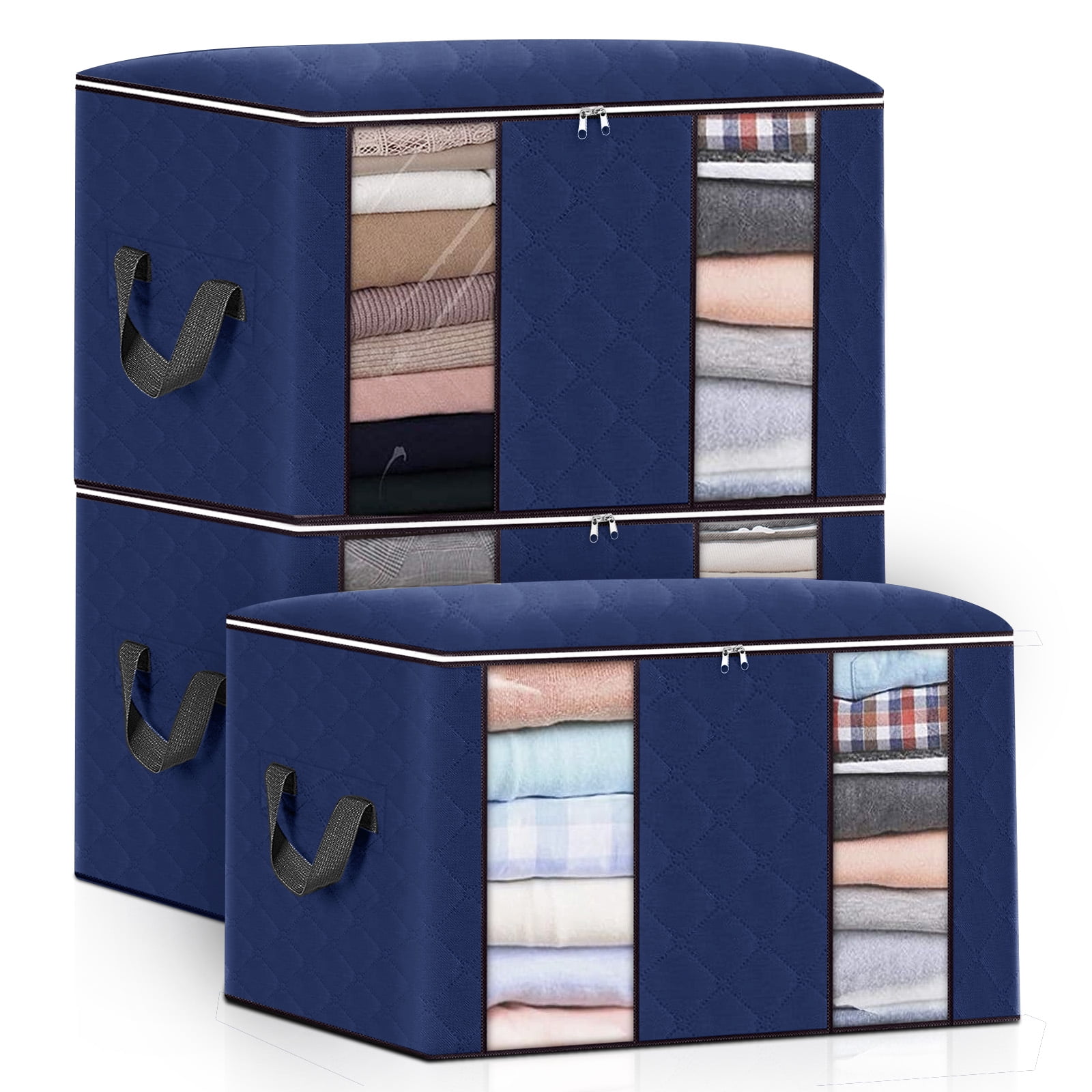
27. Repurposing Shoeboxes
Don't underestimate the storage potential of shoeboxes. Repurpose these sturdy boxes for organizing small items, such as socks, belts, or scarves. Stack them neatly in your closet or on shelves to create a visually pleasing and efficient storage solution.

28. Hanging Rod Dividers
Hanging rod dividers are useful for categorizing your clothes and optimizing your closet space. These dividers can help separate different types of garments, such as shirts, dresses, or pants. By keeping similar items together, you can easily find what you need without rummaging through your entire wardrobe.
/120643686_130510962093733_9074340287301063358_n-2cc8fc2aa12c4c689d9a78d7ab13d6b3.jpg)
29. Wall-Mounted Pegboards
Wall-mounted pegboards provide a versatile and customizable storage solution for clothes and accessories. Install